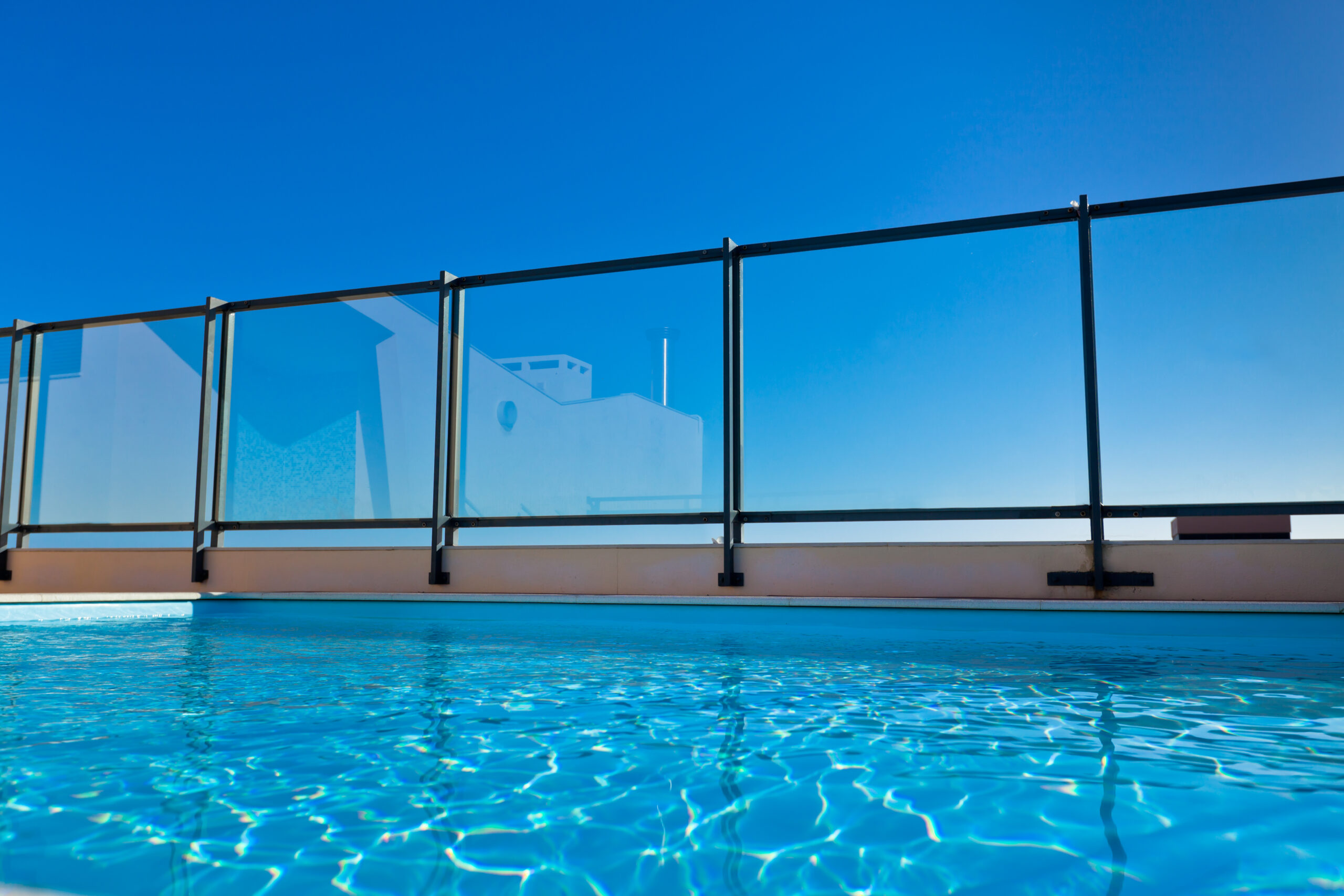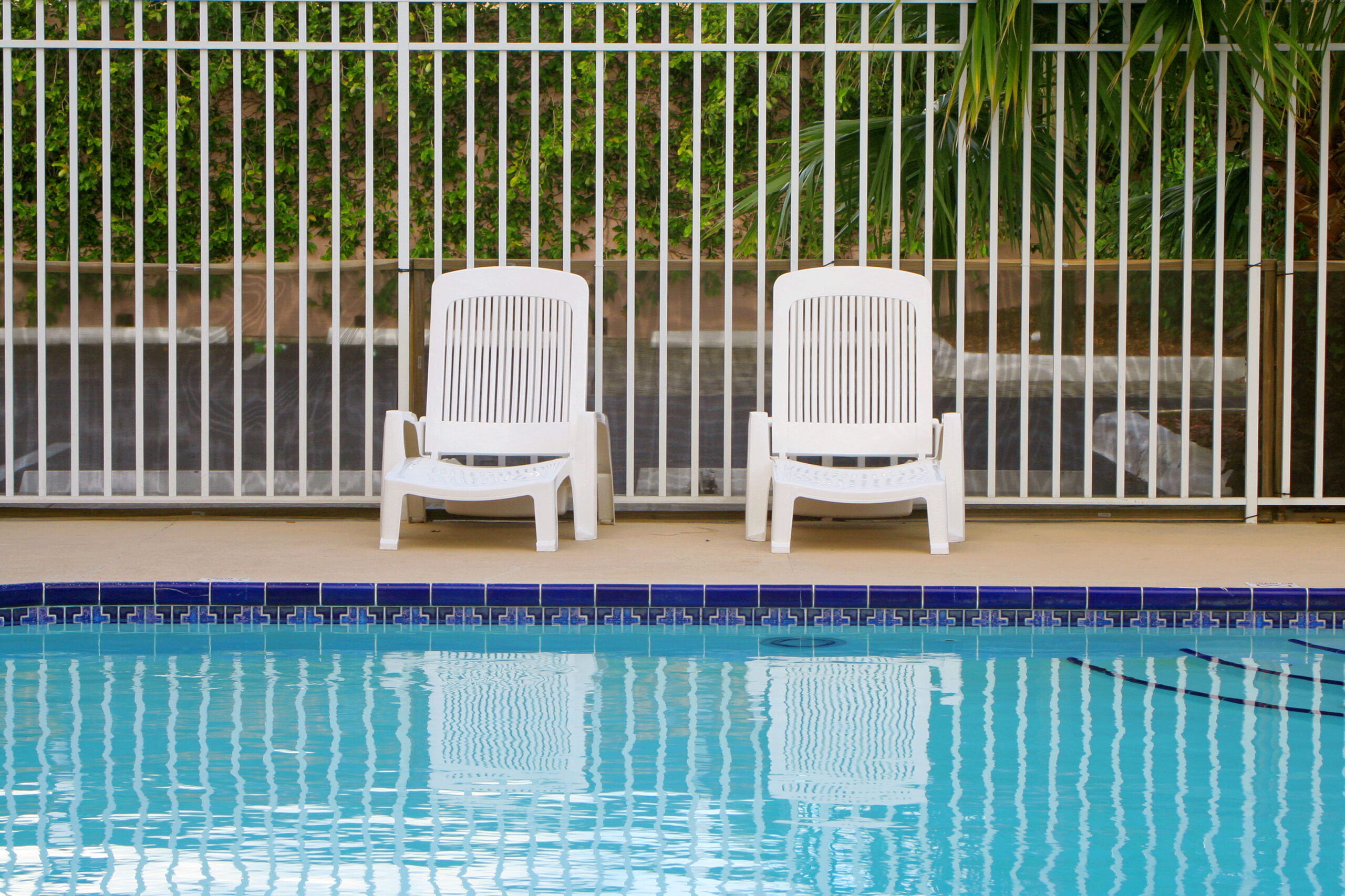You’re considering a pool safety fence, and you’ve made a wise choice. It’s more than just a barrier-it’s peace of mind.
But with so many options, how do you choose? Don’t worry! This article will guide you through the benefits, types, and essential considerations when selecting your pool safety fence.
Remember, it’s not about restricting fun; it’s about ensuring loved ones can splash safely and freely.
Understanding the Importance of Pool Safety Fences
You’ve got to understand, a pool safety fence isn’t just for looks; it’s a crucial measure in preventing accidents and ensuring everyone’s safety. The stats on pool accidents are harrowing – an average of 3,536 fatal unintentional drownings annually in the United States alone. A sizable percentage of these tragedies could be prevented with the implementation of a safety fence.
Now, let’s talk about Fence Legislation. Many regions have laws requiring residential pools to have a protective barrier. But you shouldn’t need legislation to convince you that this is necessary. It’s about being proactive and prioritizing your family’s wellbeing above all else.
Choosing the right pool fence may seem daunting initially but consider factors like durability, height (the higher the safer), visibility through the fence, and how easily it can be opened or climbed over by young children.
Remember also that maintenance is key – check regularly for any signs of wear and tear that might compromise its effectiveness.

Key Advantages of Having a Pool Safety Fence
Installing this barrier around your swimming area can significantly reduce the risk of accidents, particularly for kids and pets. However, a pool safety fence serves multiple purposes beyond merely preventing mishaps.
1. Child Supervision: A pool safety fence provides an additional layer of protection when you can’t maintain constant vigilance. It’s not a replacement for careful supervision but certainly complements it.
2. Fence Maintenance: Regular maintenance ensures that your fence stays in top shape, offering consistent protection. This involves checking for wear and tear, ensuring the gate latches securely, and occasionally cleaning it.
3. Aesthetic Appeal: Modern fences come in various designs to enhance your pool area’s visual appeal without compromising on safety.
Remember, mastering pool safety entails understanding each component’s role – from child supervision to routine fence maintenance. Once you’ve installed your fence, don’t neglect its upkeep as its effectiveness is directly linked to its condition.
You’re making strides towards ensuring a safer environment by considering a pool safety fence – it’s an investment in peace of mind knowing that you’ve fortified one more layer of defense against potential accidents around the water body.
Different Types of Pool Safety Fences
There’s a wide variety of barrier types to consider, each with its unique characteristics and style options. In your quest for mastery in this area, you’ll want to do a thorough fence materials comparison.
For instance, mesh fences are lightweight yet sturdy, making them popular for pool safety. They’re also easy to remove when not needed.
On the other hand, metal fences such as wrought iron or aluminum offer an elevated aesthetic while maintaining high levels of safety. However, they can be pricier and require more maintenance than some other materials.
Vinyl fencing is another valid option that combines durability with affordability. Its versatility allows it to mimic the appearance of wood or stone without the hefty cost or maintenance.
Innovative fence designs exist within each material type too. Some have self-closing gates for added security or incorporate see-through sections for enhanced visibility while maintaining safety standards.
Remember that no matter what type you choose, every pool safety fence needs regular inspection and maintenance to ensure its effectiveness over time.
Ultimately, your choice should balance aesthetics with functionality, budget considerations, and most importantly – ensure the utmost safety around your pool area.
What to Consider When Selecting a Pool Safety Fence
Before settling on a specific type, you’ll need to weigh several factors such as durability, maintenance requirements, cost, and the overall look and feel. Making the right fence material choices with cost considerations in mind is a balancing act that will impact your pool’s safety and aesthetics.
1. Durability: You want a fence that can withstand harsh weather conditions and constant exposure to water without deteriorating quickly. Materials like aluminum or vinyl are known for their longevity.
2. Maintenance: Choose a material that doesn’t require frequent upkeep. For instance, wood may need regular staining or painting while vinyl typically just needs an occasional cleaning.
3. Cost: A higher upfront cost may save you money in the long run if it means less maintenance or replacement costs down the line.
Practical Tips for Installing Your Pool Safety Fence
You’ll want to pay close attention when setting up your barrier; proper placement and secure installation are key. Ensure the fence isn’t too close to the pool edge, allowing ample space for safe navigation around the perimeter. Use sturdy materials that can withstand weather conditions and frequent use.
Fence maintenance tips include routinely checking for signs of wear or damage. Rusting hinges, worn latch mechanisms, or fraying in mesh fences need immediate attention. Regularly clean your fence with mild soap and water to prevent build-up of dirt and debris which could lead to premature deterioration.
Maintaining local regulations compliance is another important aspect of pool safety fencing you should not overlook. Different regions have different rules regarding fence heights, gate specifications, and distances from the water’s edge. Checking these before installation avoids costly alterations later.
Remember, a well-installed and maintained fence is more than just a legal requirement or aesthetic feature – it’s a lifesaving tool. Therefore, take time to understand your local regulations, keep up with regular maintenance tasks, and ensure its integrity is uncompromised at all times.
With careful planning and diligent upkeep, you’ll create a safer environment for everyone who uses your pool area.

Frequently Asked Questions
What Is the Average Cost of Installing a Pool Safety Fence?”
You’re looking at an average cost of $1,500-$2,500 to install a pool safety fence. The price can vary based on fence materials comparison and customization options which you’d choose according to your specific needs.
Are There Any Legal Requirements or Regulations Around Pool Fencing in My Area?”
Yes, legal requirements for pool fencing vary by location. You’ll want to check local regulations regarding fencing materials and design aesthetics. It’s crucial that your fence meets safety standards while fitting your style preferences.
Can I Install a Pool Safety Fence Myself or Do I Need a Professional?”
Yes, you can install a pool safety fence yourself. However, it’s essential to have the right fence materials and installation tools. If you’re unsure, hiring a professional ensures a safe, regulation-compliant installation.
How Do I Maintain and Clean My Pool Safety Fence?”
You’ll need to regularly clean your fence materials with mild soap and water. Seasonal care’s also important; ensure it’s secure, free from damage, and clear of debris. Consult a professional for any complex issues.
What Should I Do if My Pool Safety Fence Gets Damaged?”
If your pool safety fence gets damaged, it’s important to consider fence repair options immediately. Regularly inspect for wear and tear as a damage prevention tip. Don’t delay; safety around your pool is paramount.
